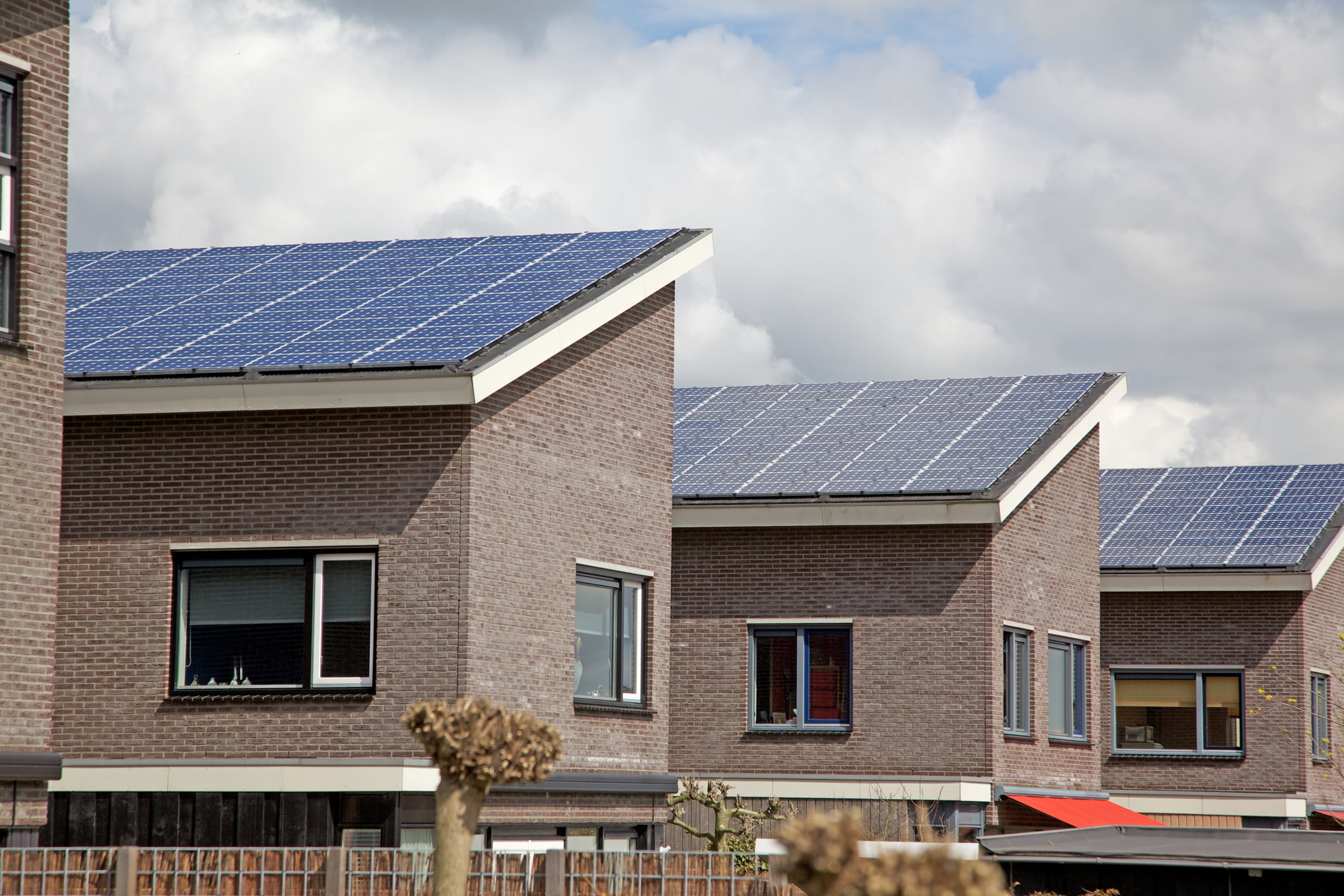Net-zero energy homes seem to be growing their way out of a purely niche market. The number of zero energy residential units – homes that produce as much energy as they consume – in the United States and Canada grew 33% over the previous year, according to a new report by the Net Zero Energy Coalition. A total of 8,203 single-family and multifamily units were counted in 2016, up from the 6,177 in 2015.
I see a combination of policy and grassroots efforts driving the push towards zero energy housing. This was the first time we were able to compare year-over-year growth, and we were surprised by how much the market has expanded and momentum has increased in just one year. It’s encouraging to see that the market leaders and local governments are moving in the right direction regardless of the Administration’s push in the other direction.
Buildings and their energy use account for 41% of carbon emissions in the United States. In order to avoid the worst effects of global warming, the World Green Building Council recommended that all new buildings must operate at net zero carbon by 2030 and that all buildings must operate at net zero carbon by 2050.
We’re starting to see progress in this direction. California leads the way with the highest number of both units and zero energy homebuilders for the past two years. Low-carbon building sector policies exist in multiple cities including Berkeley, Palo Alto, San Francisco, Oakland, and Santa Monica. The high growth rate of solar installations in California has also led to the growth of zero-energy units. As a result of its statewide initiatives, zero energy units in California increased by 104% in the past year.
Massachusetts came in second place, with 499 zero-energy homes, followed by Oregon at 419. As in California, Massachusetts has seen the snowball effect with a 128% increase in zero energy units over last year.
Nearly 30,000 more units are slated for development in the U.S. and Canada, which would amount to a 337% growth in zero energy units if built according to plan. Some estimates place the zero energy market at $1.3 trillion by 2025.
“While this is great progress, we still need to overcome market scaling challenges such as perceived risk around change, cost, technical feasibility, and market interest. We look forward to working with our coalition partners and members to address these challenges,” said Coalition director Ann Edminster.
Across the U.S. and Canada, the majority of new units were part of multi-unit projects, indicating confidence among housing developers, who believe these homes have strong market appeal.
The coalition is providing resources for the industry to design, build, and sell zero energy homes more simply. NZEC’s report, “To Zero and Beyond: 2016,” showcases a new online tool the coalition plans to launch, called Hub Zero, designed for project teams, policy makers, and product manufacturers, providing them with the resources needed to develop even more zero-energy projects.
The report includes several categories of homes that can be classified as zero energy: those that are already zero net energy (ZNE), those that are net producers of energy, zero energy ready homes (designed to achieve ZNE with the addition of renewables), and Thousand Home Challenge units (deep energy reduction projects in existing homes).
These numbers, while small, point to a market that is quickly moving toward maturity. We expect an even more dramatic uptick in the number of zero-energy homes this time next year.
Shilpa Sankaran is the Executive Director of the Net Zero Energy Coalition (NZEC), which was founded in Canada, in January 2006, the Net Zero Energy Coalition and has grown to serve the ZNE building community across all of North America. NZEC’s mission is to accelerate market adoption of zero-energy buildings and communities in order to make the built environment a positive asset on the balance sheet for the planet.

